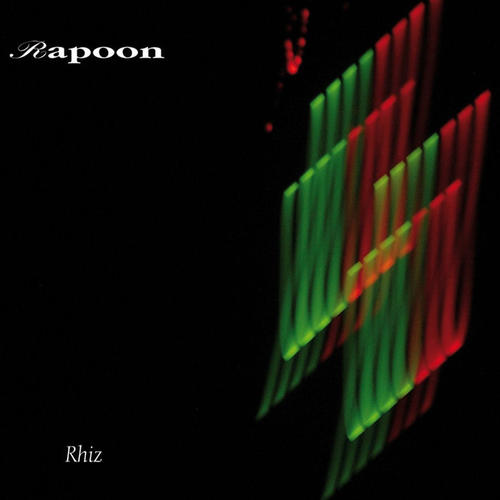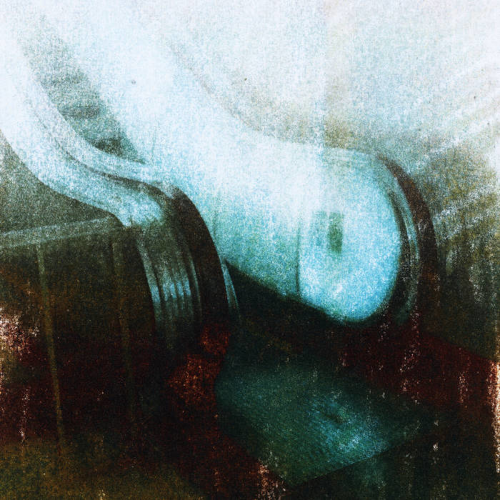 Robert Schroeder began making albums in 1979, being one of the artists on Klaus Schulze’s Innovative Communication label. He produced six wonderful albums for IC, including the mesmeric Galaxie Cygnus-A. He has produced a large body of electronic music over the last forty-two years, always pushing boundaries using a wide array of sounds from his various synthesizer set-ups, including some older analogue instruments that give him a very distinct sound.
Robert Schroeder began making albums in 1979, being one of the artists on Klaus Schulze’s Innovative Communication label. He produced six wonderful albums for IC, including the mesmeric Galaxie Cygnus-A. He has produced a large body of electronic music over the last forty-two years, always pushing boundaries using a wide array of sounds from his various synthesizer set-ups, including some older analogue instruments that give him a very distinct sound.
A swirl of sound echoes around before a pulsating rhythm introduces “Pressure”. Every now and then, a drum hits over the top while haunting Mellotron voices slide in and then swell beneath other chords. This is true cosmic music; it lifts you into the quiet regions of space, and its changes from minor to major chords seem uplifting as you break your way out of Earth’s atmosphere. The sound has a touch of Schulze’s later work, but Schroeder keeps his sound palette as individual as only he can while the track strides into the beautiful beyond as it heads into a more ambient direction.
“Plasma” starts with bright cosmic wobbles and deep bass synth pads that give it the feeling of orbiting some space station in the middle of a dark sky. Electronic clicks happen while the backing and melody give it a floating feeling. He we see some of Schroeder’s wonderful lead work pop up now and then on what sounds like a Minimoog. The track has an unearthly feel to it, until a more steady beat hits and choirs hang in the air beneath.
“Inside Out” uses vocoder sounds to form the basis of its tune, while higher-register synths hop around over the top like naughty sprites. Its bass rumbles in the deep dark of the cosmos as notes come on like stars slowly appearing in the early evening sky. When synth pads take over, the sound moves into something slightly more quiet and thought-provoking, and the lead synth here is quite stunning. “Fertile Soil” is a wash of colourful sounds, including some Gregorian chant that sits wonderfully over hanging garden chords and gives off a similar vibe to Enigma’s early recordings. Here though, Schroeder’s melody is more punchy when the lead comes in and feels more late seventies than early nineties in its style.
A bass arpeggiator introduces “Exothermic Energy” before the beat kicks in and suddenly we are in Future Sound Of London territory. Its strong rhythm and glistening melody line get your feet tapping and send you out to dance like Shiva on a mountainside. It has a slightly world music beat happening in among its choirs and whirling space synth sounds. Finishing the album is “Pyroclastic Flows”, which has a darker energy than the previous track. It’s here that Schroeder’s use of sound really comes to the fore, with some remarkable lead work and a bevvy of electronic bleeps and white noise that echo around the track. It would make a great soundtrack to images of Vesuvius erupting, having this eerie sense of the majesty of the volcano mixed with the tragedy below.Pyroclast is another remarkable work for Schroeder, exploring some of the many facets of his music both past and present, to give us something that stays in your mind long after the disc has stopped. Being a synth nerd, I would have liked to have seen a list of what equipment he used for the album to maybe understand some of the distinct sounds on it more, but that’s just my own little foible. The CD looks and sounds wonderful and will be a delight for his many fans, and will hopefully find him some new ones as well.
-Gary Parsons –




One thought on “Robert Schroeder – Pyroclast”
Thanks for this interesting and detailed description!
Lambert
http://www.sphericmusic.de